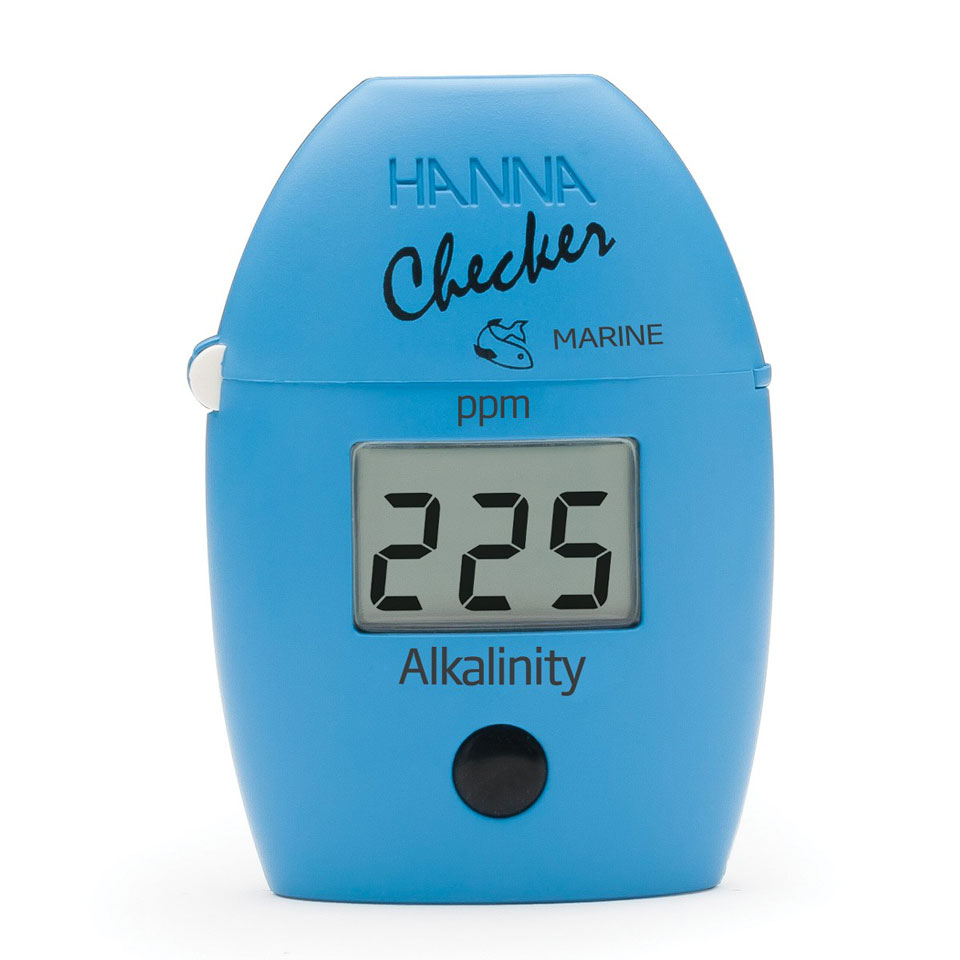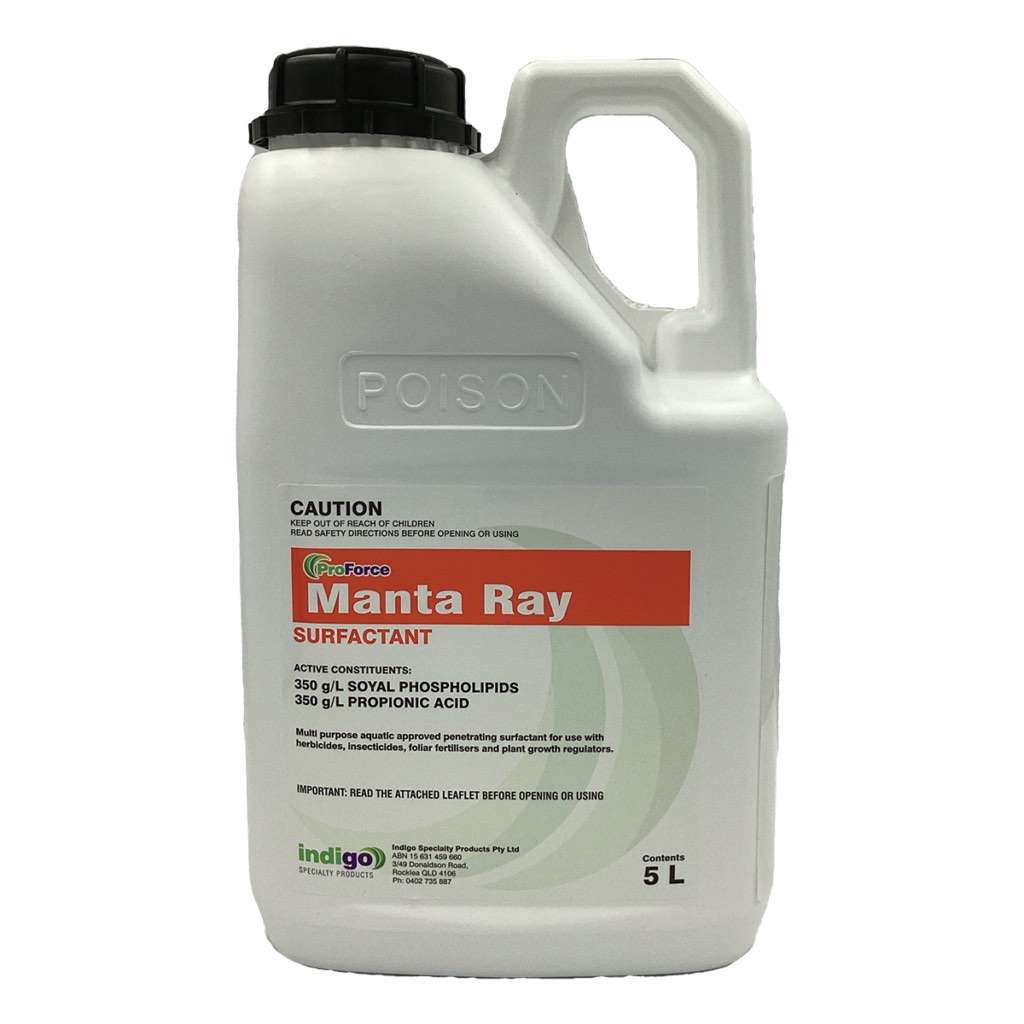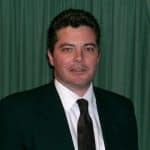Tech note – getting the best results from ethephon PGR
The pH of your spray tank water impacts results when you use ethephon plant growth regulator (PGR) for seedhead suppression?
In this tech note, we discuss how you can save time and money by managing your spray tank water.
Overview of Turf and Ornamental PGR Products in Australia.
Active | Action | Type | Uptake | Longevity GDD | Use Interval | Product |
Ethephon | Retards Ethylene | E | Leaf | 2998 - 3078*GDD50 | Incognito 480 SC | |
Pacobutrazol | Retards Growth | B | Root | 850-950 | 280-310 | |
Trinexapac ethyl | Inhibits growth | A | Leaf | 800 | 230 | Amigo 120 |
Mefluidide | Retards growth | C | Leaf and Root | |||
Prohexadione calcium | Retards growth | B | Foliar | 840 | 280 | |
Comments | ||||||
For C4 species, the base temperature for the calculation of degree days is 10°C. | ||||||
Water in Paclobutrazol within 24 hours of use, uptake is mainly via the roots. Prohexadione calcium, Amigo (trinexapac-ethyl) and Incognito 480 (ethephon) are taken up via the leaf. Allow these to dry on the leaf surface after use. | ||||||
Plants absorb paclobtrazol within 30 minutes. This means you can water plants soon after use without any loss in efficacy. | ||||||
What is ethephon used for?
Ethephon [i.e., ProForce Incognito (480g/L active ingredient) or intercept (480g/L active ingredient)] is used to suppress Poa annua (Wintergrass) seedhead emergence in turfgrass. When ethephon [(2-chloroethyl) phosphonic acid] breaks down it releases ethylene gas. Several factors influence PGR efficacy, and in this Tech note, we discuss how spray water alkalinity affects ethephon plant growth regulator.
The graph below is courtesy of Greenhouse product news magazine1Walters K and Lopez RG, Enhancing Your PGR Applications — Part 1. Greenhouse Product News, November 2017, https://gpnmag.com/article/enhancing-your-pgr-applications-part-1/. 10L/Ha of ethephon in 400L equates to 250ppm.
Water Alkalinity and pH.
The pH of your tank water influences many turf chemicals. For example, we are all aware that water pH affects iprodione, but are you aware that it also impacts ethephon performance?
When you use ethephon for seedhead suppression, it converts into the active gas ethylene. At an acidic pH of 4.5 or less, ethephon is stable and doesn’t break down to ethylene.
However, as the pH increases, this conversion to ethylene occurs more quickly. The key to getting the best performance from ethephon is to keep it in the liquid form as long as possible before it enters the turfgrass.
Managing the water pH keeps ethephon in the liquid form for much longer. So the aim is to keep the water pH below 4.5.
Ethephon is acidic, and when you add it to the tank it lowers the water pH. However, if the spray water has a high alkalinity (CaCO₃), the pH may not fall enough to drop below 4.5.
Once it is taken up by the plant, the plant’s more neutral pH causes the chemical to convert to ethylene over several hours.
The bottom line is if you use this chemical, test your water alkalinity before you mix it. This can be done with a handheld alkalinity metre.
If the alkalinity is too high, then add the spray adjuvant Proforce Manta Ray to lower the pH and alkalinity. Then add the chemical and recheck the spray solution to make sure it is still below 4.5.


References

Jerry Spencer
Jerry has an Hons Degree in Soil Science (1988) from Newcastle Upon Tyne University. He then worked as a turf agronomist for the Sports Turf Research Institute (STRI) until 1993.
He gained a Grad Dip in Business Management from UTS in 1999. He has held a number of technical roles for companies such as Arthur Yates (Commercial Technical Manager) and Paton Fertilizers (Organic, turf specialty and controlled release fertiliser) portfolios.
In 2013 he established Gilba Solutions as independent sports turf consultants and turf agronomists. Jerry has written over 100 articles and two books on a wide range of topics such as Turf Pesticides and turfgrass Nutrition which have been published in Australia and overseas.

